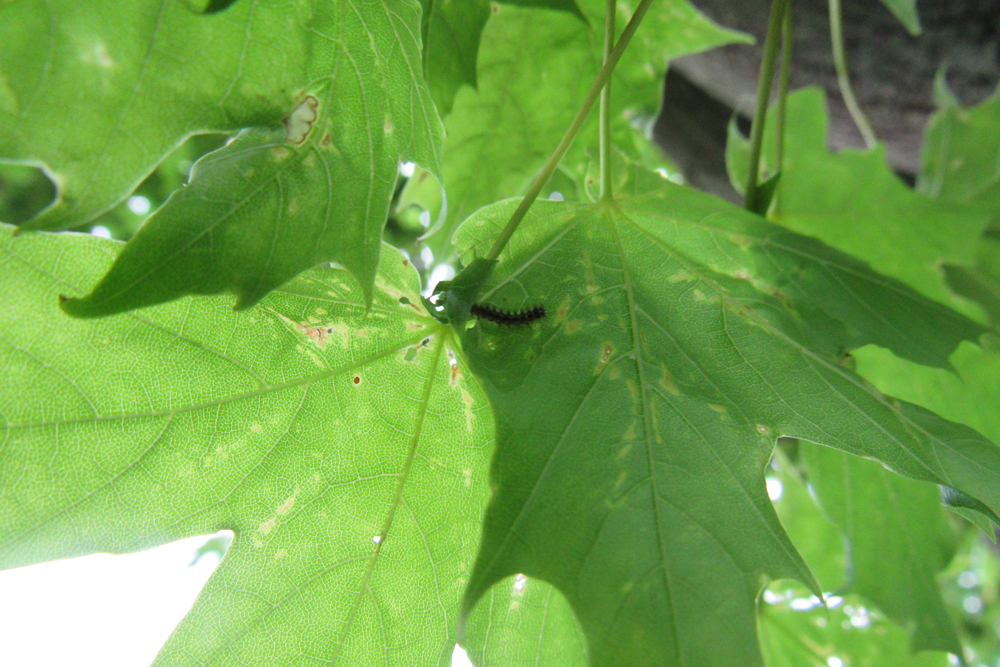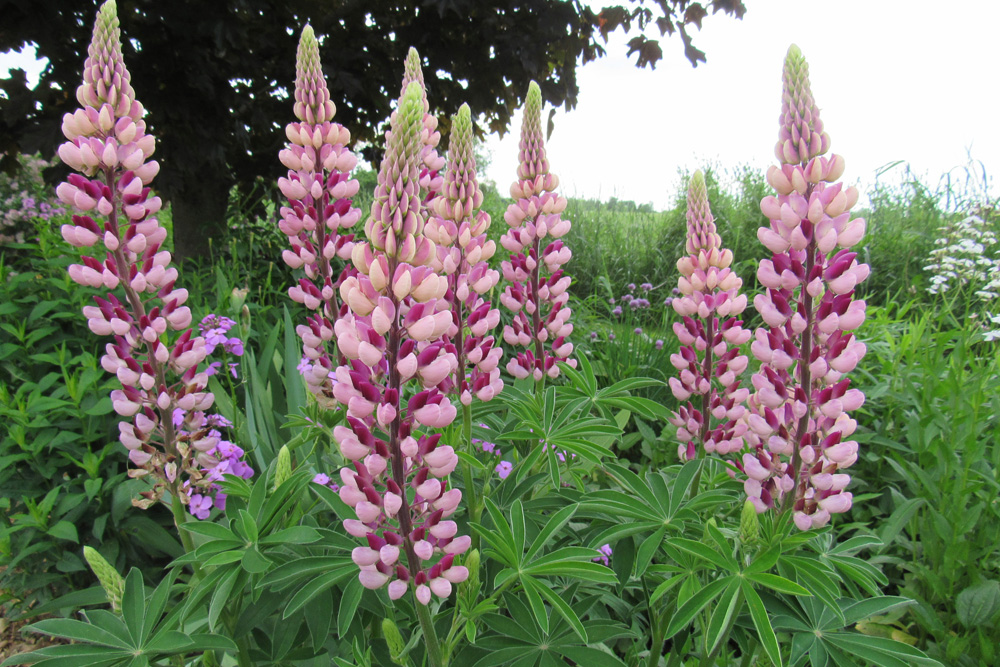Gypsy Moth Update/Beech Leaf Disease

The gypsy moth infestation hitting our area continues this spring as tiny black caterpillars emerge and begin devouring new leaves. Whether you battled them last year or are seeing damage for the first time, here is an update on the situation.
The New York State Department of Environmental Conservation says that the elevated population of gypsy moths caused noticeable defoliation in Central and Western New York last year, but also notes that one year of defoliation will likely not kill trees.
The DEC explains that the gypsy moth is a non-native insect that was brought here from France in the mid-19th century in the hopes that it could be bred with silkworms to create a silk industry in the U.S. The gypsy moth caterpillars failed as a silk producer, and some escaped, establishing their first U.S. population in Massachusetts.
It is important to understand that gypsy moth populations are cyclical – their populations rise and fall. Some years there are large numbers, other years, their damage is barely noticeable. The DEC says that the moths have naturalized in our forests, meaning that they will always be around.
Gypsy moth caterpillars, which you are starting to see now, consume the young, tender leaves of spring. Deciduous trees that lose their leaves in the fall are capable of withstanding two to three years of defoliation without being killed. The defoliation can weaken the tree and make it susceptible to pests and diseases, however. Gypsy moths can kill evergreen trees, which have more difficulty regrowing their leaves. Look for loss of needles near the top of the tree, which progresses downward.
Right now, the black gypsy moth caterpillars have hatched from eggs laid last summer. They will grow to about 2.2 inches in length and have five pairs of raised blue spots followed by six pairs of raised red spots along their backs. The DEC notes that tent caterpillars can look similar to gypsy moths and also feed in the spring.
Gypsy moth caterpillars can be killed in low numbers by squishing them, and egg masses can be scraped from trees and other structures and dropped in detergent. Additionally, the caterpillars are eaten by some birds, rodents, parasites, and diseases.
Spraying is an option for large infestations, the DEC says. Various insecticides are available at garden centers and are divided into two general groups: microbial/biological and chemical. The microbial and biological pesticides work best on small, young caterpillars. The most common is Bacillus thuringiensis (Bt). It is harmless to people, animals, and plants but does affect young moth and butterfly larvae. Caterpillars eat the Bt, become paralyzed, and die.
Chemical pesticide options are contact poisons. Please remember they can impact many beneficial and native insects and should be used wisely. Professional pesticide applicators can be brought in for this job.
Be on the lookout now for small back caterpillars in your trees; they will grow in size quickly over the next few weeks.
Another threat to our trees is beech leaf disease (BLD) which is affecting and killing both native and ornamental beech tree species. The DEC says this disease has only been discovered in recent years, and much is still unknown about the full cause and how it spreads.
The symptoms include striping of the leaves, curling of the leaves, and/or leathery leaf texture, which can be easily noticed by looking up into the canopy of the tree. Infected leaves eventually wither, dry, and yellow.
The DEC says that as of last September, beech leaf disease had been found in many Western New York counties, including Livingston, Wyoming, Orleans, and Niagara.
Right now, there is no known way to control or manage the disease, but the DEC is working to identify infested stands, to monitor the disease severity and progression, and is also researching possible methods of spread.







